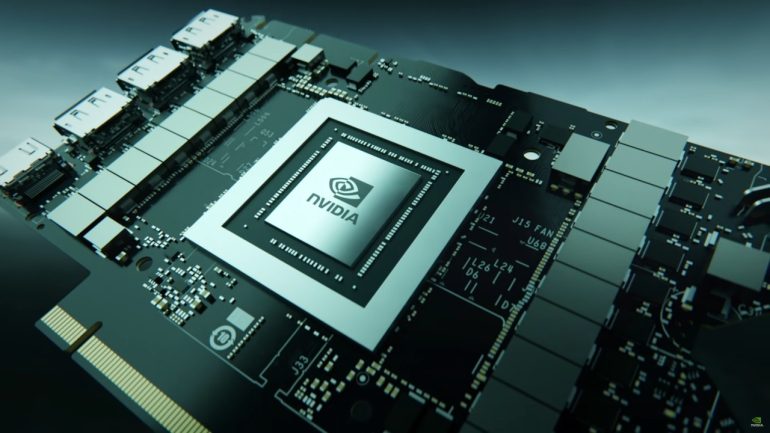- Nvidia anticipates increased demand for its chips fueled by the emergence of AI models capable of generating video content and lifelike voice interactions.
- CEO Jensen Huang emphasizes the importance of video in grounding information, foreseeing a surge in the complexity of AI systems.
- Nvidia’s Grace Hopper chips, notably the H200 model, are experiencing heightened demand due to their role in powering advanced AI models like OpenAI’s GPT-4o.
- Major tech players such as Google DeepMind and Meta Platforms are contributing to the demand for Nvidia chips with their AI-driven image and video generation platforms.
- Nvidia’s financial forecast reflects robust growth, with quarterly revenue surpassing expectations driven by a five-fold increase in data center sales.
- The automotive industry, particularly Tesla, is a significant driver of demand for Nvidia chips, highlighting the expanding role of AI in autonomous driving technology.
- Video generation extends beyond traditional content production, signaling a broader shift in AI-driven innovation across industries.
Main AI News:
The burgeoning field of generative artificial intelligence is proving to be a boon for chip giant Nvidia, ushering in a new era of demand for its cutting-edge processors. Initially propelled by the surge in Big Tech’s adoption of chatbots, Nvidia now anticipates a fresh wave of orders driven by the emergence of advanced AI models capable of generating video content and engaging in lifelike voice interactions.
In a recent interview with Reuters, Nvidia CEO Jensen Huang highlighted the significance of this trend, emphasizing the pivotal role that video content plays in grounding information in real-world contexts. With the rise of 3D video and a plethora of learning opportunities, Huang foresees a substantial expansion in the size and complexity of AI systems.
The demand for enhanced computing power to train and deploy these sophisticated AI systems has significantly boosted the sales of Nvidia’s Grace Hopper chips, particularly the H200 model, renowned for its role in powering OpenAI’s GPT-4o. This multimodal model, adept at realistic voice conversations and versatile interactions across text and images, exemplifies the evolving landscape of AI applications.
Major players in the tech industry, including Google DeepMind and Meta Platforms, have also entered the fray with their AI-driven image and video generation platforms, further driving demand for Nvidia’s offerings.
Nvidia’s recent financial forecast reflects this growing momentum, with projected quarterly revenue surpassing expectations following a remarkable five-fold increase in sales within its data center segment during the first quarter. This bullish outlook has propelled Nvidia’s stock, contributing to a broader upswing in the semiconductor sector.
According to Derren Nathan, Head of Equity Analysis at Hargreaves Lansdown, the demand for large language models that encompass multimodal capabilities—spanning video, text, speech, and 2D/3D images—is fueling the expansion of Nvidia’s customer base across various industries.
Notably, the automotive sector stands out as a significant driver of demand for Nvidia chips, particularly in the realm of AI-enabled video applications. Tesla, a prominent player in autonomous driving technology, has significantly expanded its deployment of Nvidia processors, underscoring the pivotal role of AI in shaping the future of mobility.
In a post-earnings call, Nvidia’s finance chief Colette Kress highlighted the automotive industry’s growing significance within the company’s data center business, with video generation emerging as a key application area.
As Derren Nathan observes, the appeal of video generation extends beyond traditional content production, signaling a paradigm shift in AI-driven innovation with far-reaching implications across industries.
Conclusion:
The surge in demand for Nvidia’s chips, propelled by the rise of AI-driven video generation, signifies a pivotal moment in the market. As AI models become increasingly complex and versatile, Nvidia stands to solidify its position as a key player in powering the next generation of intelligent applications across diverse industries. This trend not only underscores the growing importance of AI in shaping technological advancements but also presents lucrative opportunities for Nvidia and its stakeholders in the evolving landscape of computing.

